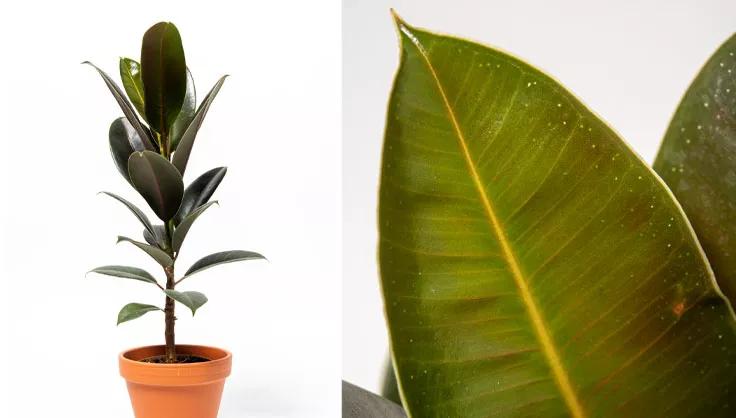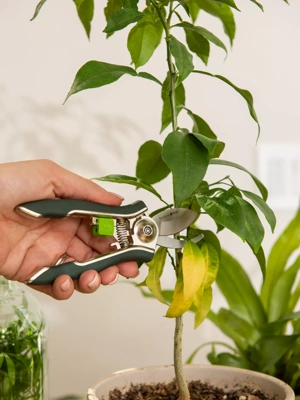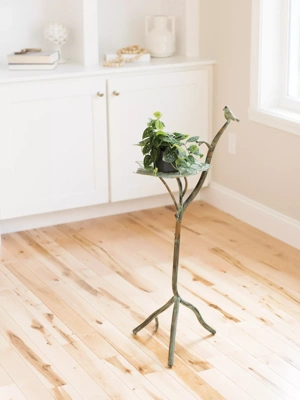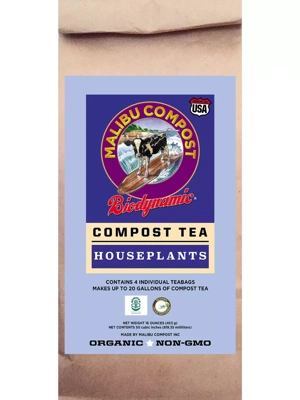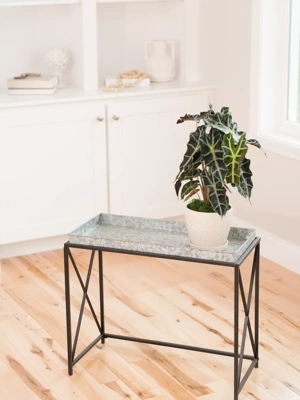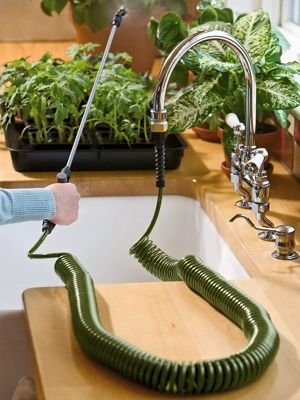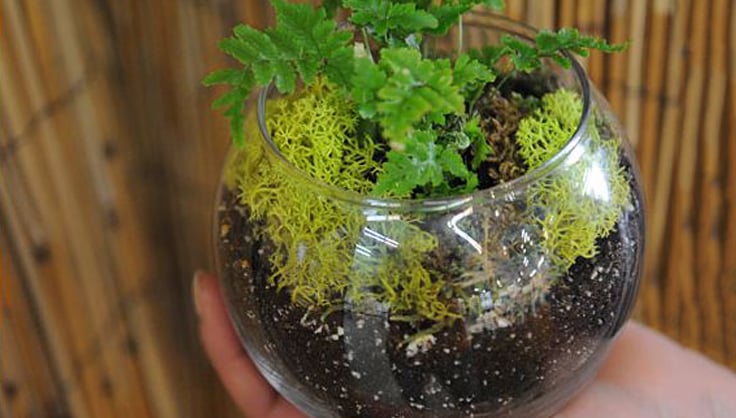How to Care For a Rubber Plant
Rubber plants boast a lot of bounce! This plant (Ficus elastica) gets its name from the rubbery latex in its sap — however it is not used in commercial rubber production. Prized as houseplants for their wide, stiff, glossy leaves, rubber plants are native to the forests of southeast Asia. There, they can grow as massive (upwards of 100 feet) banyan-like trees complete with aerial roots. As houseplants, rubber plants are much smaller (generally 2-6 feet tall) but no less spectacular.
Types of Rubber Plant to Try
There are plenty of solid and variegated rubber plant cultivars to oogle over! Take note — while tolerant of low light, variegated rubber plants may lose their coloring if left in the dark too long.
Ficus elastica 'Robusta': this hardy cultivar has larger, rounder leaves than the original species
Ficus elastica 'Burgundy': this cultivar has dramatic, deep maroon leaves
Ficus elastica 'Red Ruby': eyecatching red and green splashy leaves
Ficus elastica 'Tineke': beautiful variegated foliage of cream, pale pink, and light green make this a truly stunning plant
Best Conditions For Rubber Plants
Light
Rubber Plants thrive in bright, indirect light. They can tolerate some direct sunlight, but too much can scorch their leaves. A spot near a window with sheer curtains is ideal.
Soil
A well-draining potting mix is essential. A mixture of potting soil, peat, and pine bark works well. They prefer a slightly acidic to neutral pH.
Humidity
As a tropical plant, rubber plants will always appreciate high humidity, however they are also tolerant of standard room humidity.
How To Care For Rubber Plants
Watering
Water when the top inch of soil becomes dry. Rubber Plants prefer consistent moisture but do not like to be waterlogged. In winter, reduce watering as the plant’s growth slows.
Fertilizer
During the growing season (spring and summer), fertilize your Rubber Plant once a month with a balanced, water-soluble fertilizer. Reduce feeding in the fall and winter.
Pruning
Pruning helps maintain the desired shape and size of your Rubber Plant. Cutting side shoots will encourage the plant to grow upward, while trimming the top will promote a bushier form. Trim back any leggy stems or unwanted growth using clean, sharp shears.
Repotting
Repot your rubber plant every couple of years, or when it becomes root-bound. Spring is the best time for repotting. Rubber plants can get tall and top-heavy, so be sure to choose a sturdy, dense pot.
Propagation
Rubber plants can be propagated through stem cuttings. Dip the cutting in rooting hormone and plant it in moist soil. Keep it in a warm, humid environment until it roots.
Common Problems with Rubber Plants
Pests and Diseases
Common pests include spider mites, mealybugs, and scale insects. Regularly inspect your plant and treat any infestations promptly. Overwatering can lead to root rot, so ensure your pot has good drainage.
Toxicity
Rubber Plants are toxic to pets and humans if ingested. The sap can also cause skin irritation, so handle with care, especially when pruning or repotting.
Rubber Plant FAQs
Q: Why are the leaves of my rubber plant dropping?
A: It is normal for some bottom leaves to turn yellow and drop as they age. However, overwatering or sudden temperature drops can cause mass leaf drop. Keep your rubber plant out of chilly drafts, and make sure they aren't overwatered.
Q: Can rubber plants be grown outdoors?
A: In warmer climates (USDA zones 10-12), Rubber Plants can be grown outdoors. They prefer a spot with partial shade and well-draining soil. As a tropical native, they will not tolerate chilly temperatures — gardeners in cooler climates may only be able to move them outside during the summer months.
Q: How do I clean the leaves of my rubber plant?
A: Dust can accumulate on the large leaves. Gently wipe them with a damp cloth to keep them clean and help the plant photosynthesize efficiently.
With their huge, colorful leaves, rubber plants are sure to add an exotic vibe to your indoor garden.
Last updated: 02/07/2024
Print this Article:
Related items
Related Articles
Get the Dirt
Stay up to date on new articles and advice. Please fill out the information below.

